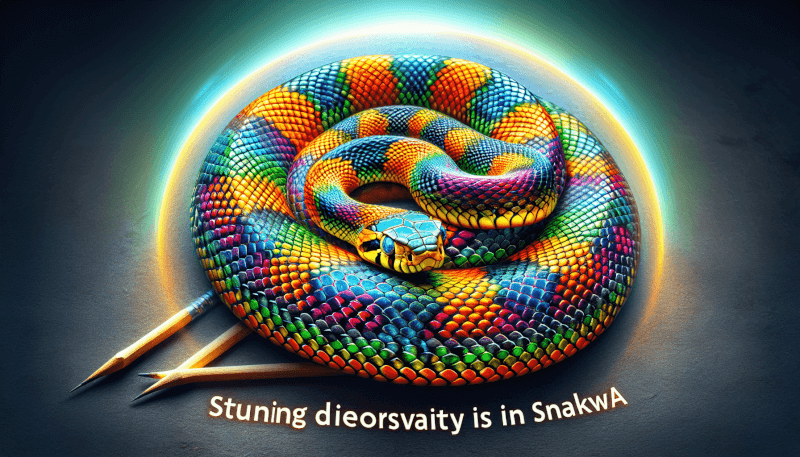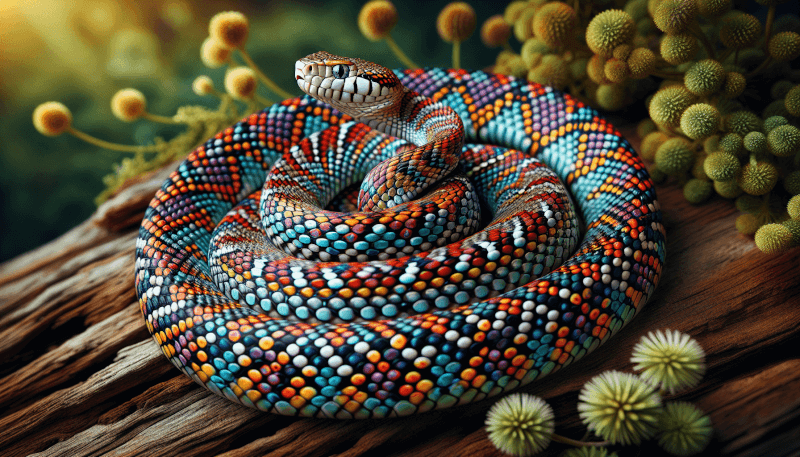When you think of Iowa, snakes may not be the first thing that comes to mind. However, this Midwest state is home to a fascinating array of snake species. From the vibrant red milk snake to the elusive eastern massasauga rattlesnake, Iowa provides a diverse habitat that supports a thriving snake population. In this article, we will explore the unique characteristics and behaviors of Iowa’s snake species, shedding light on their important role in the state’s ecosystem. So, grab a cup of coffee and join us as we take a closer look at the captivating world of Iowa’s snakes.
Iowa Snake Species

Introduction to Iowa Snake Species
Welcome to Iowa, a diverse state known for its rich natural environment. One fascinating aspect of Iowa’s wildlife is its snake species. Iowa is home to a wide variety of snakes, each with its own unique characteristics and role in the ecosystem. In this article, we will explore the importance of snake species in Iowa, the common snakes found in the state, their physical characteristics, habitat and distribution, feeding habits and diet, reproduction and life cycle, conservation efforts, potential threats, and interactions with humans. So, grab your hiking boots and get ready to dive into the world of Iowa snake species!
Importance of Snake Species in Iowa
Snakes play a crucial role in maintaining a balanced ecosystem in Iowa. As predators, they help control populations of rodents and other small mammals that can become overabundant. By regulating these populations, snakes contribute to the health and stability of the food chain. Furthermore, snakes are an integral part of Iowa’s biodiversity, adding to the overall species richness of the state. Their presence indicates a healthy ecosystem and signifies the success of conservation efforts.
Common Snakes Found in Iowa
Iowa boasts an impressive array of snake species, each adapted to different habitats and niches. Some of the most common snakes found in the state include the Eastern Garter Snake, Western Fox Snake, Eastern Massasauga Rattlesnake, and Plains Gartersnake. These snakes are known for their distinct appearances and behaviors, making them easily recognizable to those familiar with Iowa’s wildlife. Let’s take a closer look at the physical characteristics of Iowa snakes.
Physical Characteristics of Iowa Snakes
Snakes in Iowa come in various shapes, sizes, and colors. The Eastern Garter Snake, for example, typically measures around 2 to 3 feet in length and has a series of black, yellow, or brown stripes running along its body. On the other hand, the Western Fox Snake is much larger, reaching lengths of 4 to 6 feet. It has a light tan or yellowish-brown color with dark brown splotches or blotches. The Eastern Massasauga Rattlesnake, Iowa’s only venomous snake, is distinguished by a set of rattles on its tail. These physical characteristics are essential identifiers that help researchers and enthusiasts differentiate between Iowa’s snake species.

Habitat and Distribution of Iowa Snake Species
Snakes in Iowa are incredibly adaptable and can thrive in a variety of habitats. You can find them in grasslands, woodlands, prairies, wetlands, and occasionally even urban areas. The Eastern Garter Snake, for instance, prefers grassy fields and meadows, while the Western Fox Snake tends to inhabit forest edges and prairies. The Eastern Massasauga Rattlesnake typically resides in wetland areas with dense vegetation and moisture. Understanding the preferred habitats of Iowa’s snake species can aid in their conservation and protection.
Feeding Habits and Diet of Iowa Snakes
Iowa snakes exhibit a diverse range of feeding habits and diets. While some species primarily feed on rodents and small mammals, others focus on insects, birds, or amphibians. The Eastern Garter Snake, for example, is known for its preference for earthworms. It also consumes small fish, frogs, and insects. The Western Fox Snake, being a larger snake, preys on rodents, including mice and rats, playing a vital role in controlling their populations. Understanding the feeding habits and diet of Iowa snakes is essential to appreciating their ecological contributions.
Reproduction and Life Cycle of Iowa Snakes
Snakes in Iowa employ various reproductive strategies, including oviparity (egg-laying) and viviparity (live birth). For example, the Eastern Garter Snake lays eggs, which then hatch after a period of incubation. In contrast, the Eastern Massasauga Rattlesnake gives birth to live young. Snakes generally reproduce once per year, with mating occurring in the spring or early summer. The juveniles undergo their own unique challenges and growth stages, including shedding their skin as they grow. This intricate life cycle highlights the incredible adaptability and survival strategies of Iowa’s snake species.
Conservation and Threats to Iowa Snake Species
Conserving Iowa’s snake species is crucial for maintaining the delicate balance of its ecosystems. While most snake populations in Iowa are relatively stable, certain threats pose challenges to their survival. Habitat loss due to human activities such as urban development and agriculture poses a significant threat to snake populations. Additionally, snake persecution and fears fueled by misconceptions can lead to unnecessary harm to these reptiles. Conservation efforts such as habitat restoration, education, and outreach programs are vital to safeguarding Iowa’s snake species for future generations.
Interactions and Potential Dangers with Iowa Snakes
As Iowans, it is important to understand how to safely interact with snakes to avoid potential dangers. Most Iowa snakes are harmless and will not pose a threat unless they feel threatened themselves. It is crucial to give snakes their space and observe them from a safe distance while in their natural habitats. In the rare event of a venomous encounter, such as with the Eastern Massasauga Rattlesnake, it is essential to contact local authorities or a professional snake handler for assistance. By respecting and appreciating Iowa’s snake species, we can coexist peacefully with these remarkable creatures.
Conclusion
Congratulations! You have ventured into the captivating world of Iowa’s snake species. From the common Eastern Garter Snake to the venomous Eastern Massasauga Rattlesnake, each snake plays a vital role in Iowa’s ecosystems. By understanding their importance, physical characteristics, habitat, feeding habits, reproduction, conservation efforts, and how to safely interact with them, we can ensure their survival and contribute to the well-being of Iowa’s biodiversity. So, next time you stumble upon a snake while exploring Iowa’s natural wonders, remember to appreciate and protect these incredible creatures.


